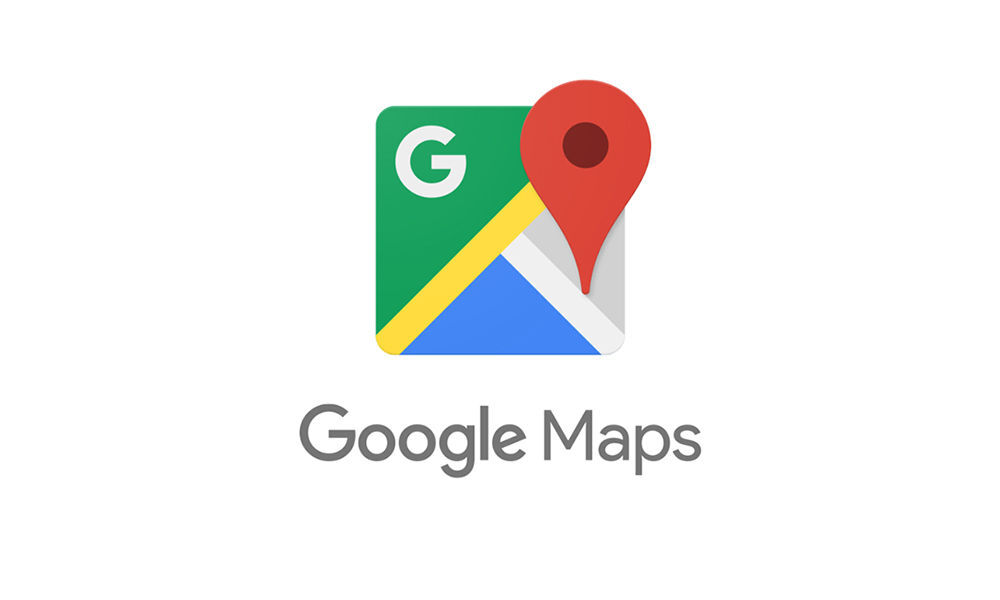Live
- From Window Shopping to Instant Deliveries: How Gen Z is Changing Retail
- Piyush Goyal launches CII's 'Ease of Doing Business' portal
- Why Apostille in Delhi and UAE Embassy Attestation in Delhi Are Crucial for International Travel and Work
- How to Promote Creativity in Children and What Preschools Should Do
- Telangana Revises Class 10 Exam Pattern: Internal Marks Removed
- India Voices Concern Over Hindu Temple Attacks In Bangladesh, Urges Protection Of Minorities
- Coding Ninjas and E&ICT Academy-IIT Guwahati Collaborate to Upskill Students with Postgraduate Certification Courses
- India-Russia Military Cooperation Strengthened: Fourth Working Group Meeting Concludes In Moscow
- Telangana Prepares for Panchayat Elections, Notification on January 14
- The Right Age to Start Preschool Without Overburdening Your Child









